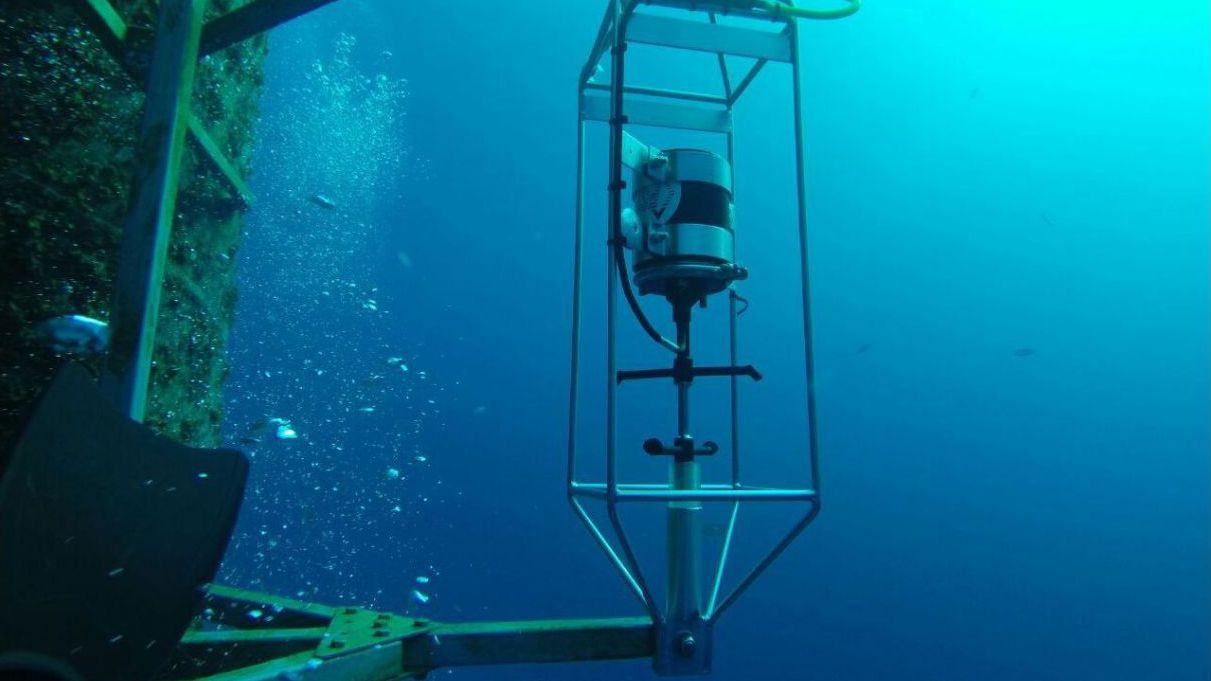New Sensors Broadcast Pierside Currents Over AIS

The cruise terminal at the port of Cozumel, Mexico has installed a novel combination of technologies to assist mariners in docking maneuvers: fixed underwater current sensors linked up with AIS transmitters, which broadcast accurate data on pierside conditions directly to the bridge.
The sensors are mounted on two piers at the Puerto Maya Terminal, and they integrate Falmouth Scientific's current meters with RigStat’s environmental monitoring systems to send real-time current speed, direction and water temperature data to every vessel in range. Falmouth's current meters offer the AIS ATON data format as a standard output option, making it straightforward to broadcast their readings on AIS.
Aids to Navigation (ATON) transceivers are a sub-class of AIS which communicate navigation information such as buoy locations, marine hazards and meteorological data to benefit mariners and authorities. By linking the sensors to ATON transcievers, current data is displayed to bridge teams as part of the standard AIS data stream.
“These monitoring systems will not only assist captains in navigating into our port, but will also increase the safety for the many thousands of cruise ship passengers that visit our resort city each year”, said the general manager of the Puerta Maya Terminal.
This use represents a valuable evolution for AIS ATON beacons, which are more typically deployed by maritime authorities to mark the location of charted features. They have been common abroad for some time, and these markers may be familiar to the American mariner from certain VTS buoy locations and from virtual AIS ATON features, which deploy an electronic "buoy" location that does not correspond to a physical marker. The U.S. Coast Guard began testing virtual AIS ATON markers in 2014, and NOAA has recently circulated guidance on the appearance of these markers on standardized ECDIS systems.
